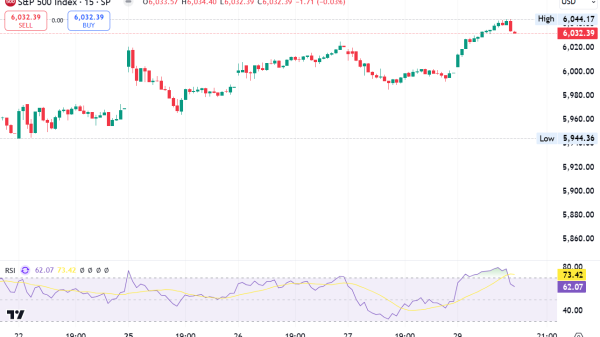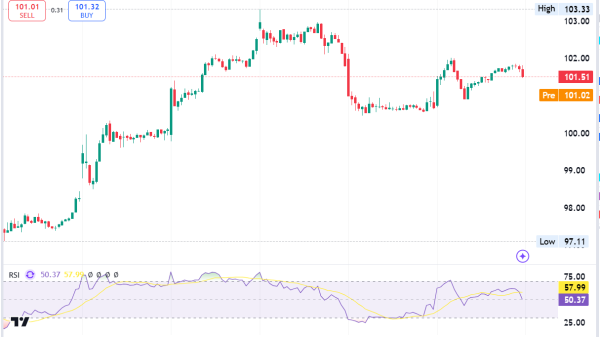Copper products are widely used in building construction, electrical grids, electronics, the medical sector and transportation.
Together with gold and silver, copper is a member of the holy trinity of metals. The only base metal in the triad, copper’s numerous useful properties make it the third most-used industrial metal in the world; it has a long history as a critical material for the advancement of human civilization, dating back at least 8,000 years.
Copper’s abundant uses make it a valuable indicator for global economic health, and for that reason the red metal has earned itself the moniker “Dr. Copper.”
Pure copper is a soft, malleable material that can be molded into a multitude of products. In addition to high corrosion resistance, copper metal has very high thermal conductivity; it also has the second highest electrical conductivity of any metal after silver. These properties make it an ideal material for electrical and electronic products, which represent about 21 percent of the world’s copper consumption.
Copper also forms alloys more freely than most metals, and corrosion-resistant copper alloys are used in many industries, including manufacturing and construction. The red metal is even employed in the medical field to curb the spread of dangerous infections — a use case that is quickly gaining attention.
China is the largest consumer of refined copper and accounted for 57 percent of global copper ore imports in 2023. Industrial nations like Japan, the US, Germany and Spain also rank as significant consumers.
According to the US Geological Survey, the five top copper-producing countries are Chile, Peru, the Democratic Republic of Congo, China and the US. The island nation of Australia and the continent of Africa are also significant sources of copper ore.
1. Building construction
The top use of copper is the construction sector. Nearly half of all copper supply makes its way into buildings, from homes to businesses. In fact, one home alone can contain on average 439 pounds of copper. Copper’s malleability makes it easy to solder, and yet it’s strong enough to create the bonds and junctions needed in electrical wiring and plumbing.
Copper tubing has a number of applications and can be found in water pipes, refrigeration lines, heat pumps and HVAC systems. And don’t forget the copper wiring for moving electricity throughout the house and linking to telecommunications and cable networks. Home appliances also contain copper tubing and electrical wires.
2. Electronics and electrification
Copper’s supreme electrical conductivity properties and abundance as a raw material make it the most efficient and cost-effective metal for electronics. The red metal is found in the form of electrical wiring and printed circuit boards in the vast majority of today’s consumer electronics — from cell phones, laptops and TVs to surveillance systems, power tools and robotic vacuum cleaners.
Copper is also necessary for the data centers and supercomputers behind generative AI platforms and cryptocurrency mining.
Additionally, battery energy storage systems, which allows electricity to be stored and used at a later time, is an up and coming sector with high copper demand. The energy storage market has been growing rapidly in recent years, nearly tripling between 2022 and 2023 alone. The two largest markets are currently China and the US.
3. Transportation and electric vehicles
The use of copper is also highly prevalent in the transportation sector, including in the fabrication of ships, railways, planes and automobiles.
Copper alloys are standard materials in shipbuilding, from bolts and rivets to propellers and condenser pipes. In the railway industry, the metal is used to manufacture many train parts, including motors, brakes and controls, and can also be found in electric and signal systems. Planes need copper for cooling, hydraulics and navigation, plus electrical systems. In the auto industry, copper is an essential component in brakes, bearings, connectors, motors, radiators and wiring. One conventional vehicle alone can contain as much as 50 pounds of copper.
The growing prevalence of electric vehicles (EVs) is another huge market for copper, as the technology relies heavily on the metal. In fact, each EV requires two to four times more copper than a conventional vehicle. EV charging stations also need large amounts of copper. As a result, analysts expect copper consumption from green energy sectors to grow five-fold by 2030 due to the rise of the EV market.
4. Industrial machinery and equipment
The industrial machinery and equipment used in many sectors, such as the petrochemical industry, is itself made with copper. This machinery and equipment includes copper pipe systems, electrical motors, evaporators, condensers, heat exchangers, valves and containers for holding corrosive mediums.
Corrosion-resistant copper alloys are critical materials in the fabrication of undersea installations, such as desalination machinery and offshore oil and gas drilling platforms.
As with the EV industry, copper’s cleantech metal status stems from its use as a raw material to manufacture windmill turbines and solar energy systems.
5. Medical sector
The medical field is another industry that relies on copper, in large part to copper’s antimicrobial properties. Research has shown that bacteria, viruses and yeasts cannot survive for long on a copper surface, as the metal interferes with the electrical charge found in microbial cell membranes. The US Environmental Protection Agency has said a copper surface can kill 99.9 percent of bacteria that lands on it within two hours.
To stop the spread of hospital-acquired infections, plastic and other metals are being replaced with copper or copper alloys on frequently touched surfaces, such as countertops, doorknobs, handrails, bedrails, call buttons, chairs and even pens. As per the journal Infection Control & Hospital Epidemiology, replacing hospital surfaces with antimicrobial copper fixtures could reduce the number of hospital-acquired infections by at least 58 percent.
Additionally, copper is used in the surgical and medical devices in hospitals, such as surgical robots, MRI machines and medical implants.
This is an updated version of an article first published by the Investing news Network in 2011.
Securities Disclosure: I, Lauren Kelly, hold no direct investment interest in any company mentioned in this article.

































